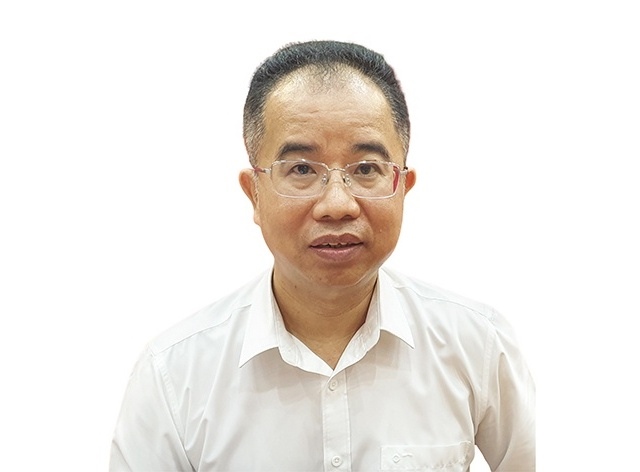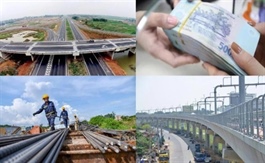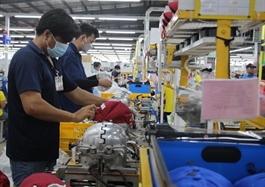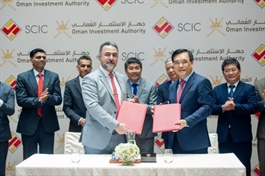Việt Nam maintains robust growth amid global headwinds
Việt Nam maintains robust growth amid global headwinds
Việt Nam’s economy is expected to grow steadily in the coming years, despite global uncertainties that may weigh on foreign investment and exports, according to the OECD’s latest Economic Outlook.
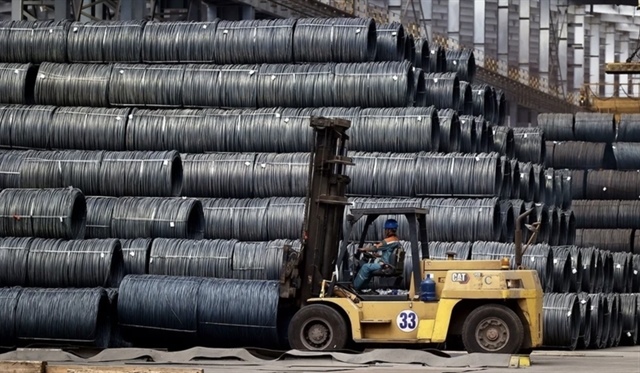
A steel stockpile at a factory in the northern province of Thái Nguyên. VNA/VNS Photo |
Việt Nam’s economy is expected to grow steadily in the coming years despite global uncertainties that may weigh on foreign investment and exports. According to the OECD’s latest Economic Outlook, the nation's GDP expanded by 7.1 per cent in 2024, up from 5.1 per cent in 2023, driven by vibrant domestic demand and a sharp rebound in exports.
Private consumption, gross capital formation and goods and services exports were key contributors to this solid performance.
Notably, exports surged by 15.5 per cent in 2024, following a mild contraction the previous year. Exports to the United States, which account for 30 per cent of Việt Nam’s total, jumped by 23.2 per cent, although the country remains vulnerable to potential tariff hikes from the US. Exports to China, the second-largest market, remained flat.
Việt Nam also saw positive developments in the labour market. Unemployment fell to a historic low of 2.2 per cent in March 2025, underemployment declined and labour force participation increased. Inflation has eased from a peak of 4.4 per cent in May 2024 to 3.1 per cent in April 2025, although core inflation showed signs of resurgence.
Foreign direct investment, a major growth driver, has picked up since mid-2024. However, global policy uncertainty may temporarily dampen investor confidence. GDP growth is forecast to moderate to 6.2 per cent in 2025 and 6.0 per cent in 2026, with domestic demand remaining the key growth engine. Rising real wages and employment will continue to support consumption.
Việt Nam’s monetary policy has remained accommodative since mid-2023, with the central bank cutting interest rates and setting credit growth targets. This supportive stance is expected to continue, although authorities must remain vigilant as inflationary pressures build from wage increases and adjustments in administrative prices.
On the fiscal front, the government is ramping up public investment to compensate for past underperformance. This is expected to support short-term growth, but fiscal policy may need to shift to a more neutral stance if inflation intensifies.
Despite external challenges, Việt Nam’s fundamentals remain strong. Improvements to macroeconomic policy frameworks, continued financial sector reform and an ambitious public investment agenda could further enhance resource allocation and growth potential.
Structural reforms are also vital to sustaining long-term growth. Reducing restrictions on foreign ownership in the services sector would encourage more investment. Strengthening the social protection system, particularly non-contributory assistance, would increase resilience, especially for workers in the informal sector. At the same time, policies should encourage formal job creation and productivity improvements.
A green transition is underway. Việt Nam is taking steps to phase out coal-fired power plants and accelerate renewable energy adoption. This shift is crucial to ensuring long-term sustainability and reducing emissions from electricity generation.
Boosting links between foreign-invested and domestic enterprises remains a key challenge. More investment in tertiary education, coupled with stronger competition and a more level playing field between state-owned and private firms, could help enhance productivity and innovation across the economy.
While Việt Nam faces significant external risks, including higher trade barriers and persistent policy uncertainty in global markets, the country’s economic momentum and reform efforts provide a strong foundation for sustained and inclusive growth, the report said.
- 08:09 06/06/2025


